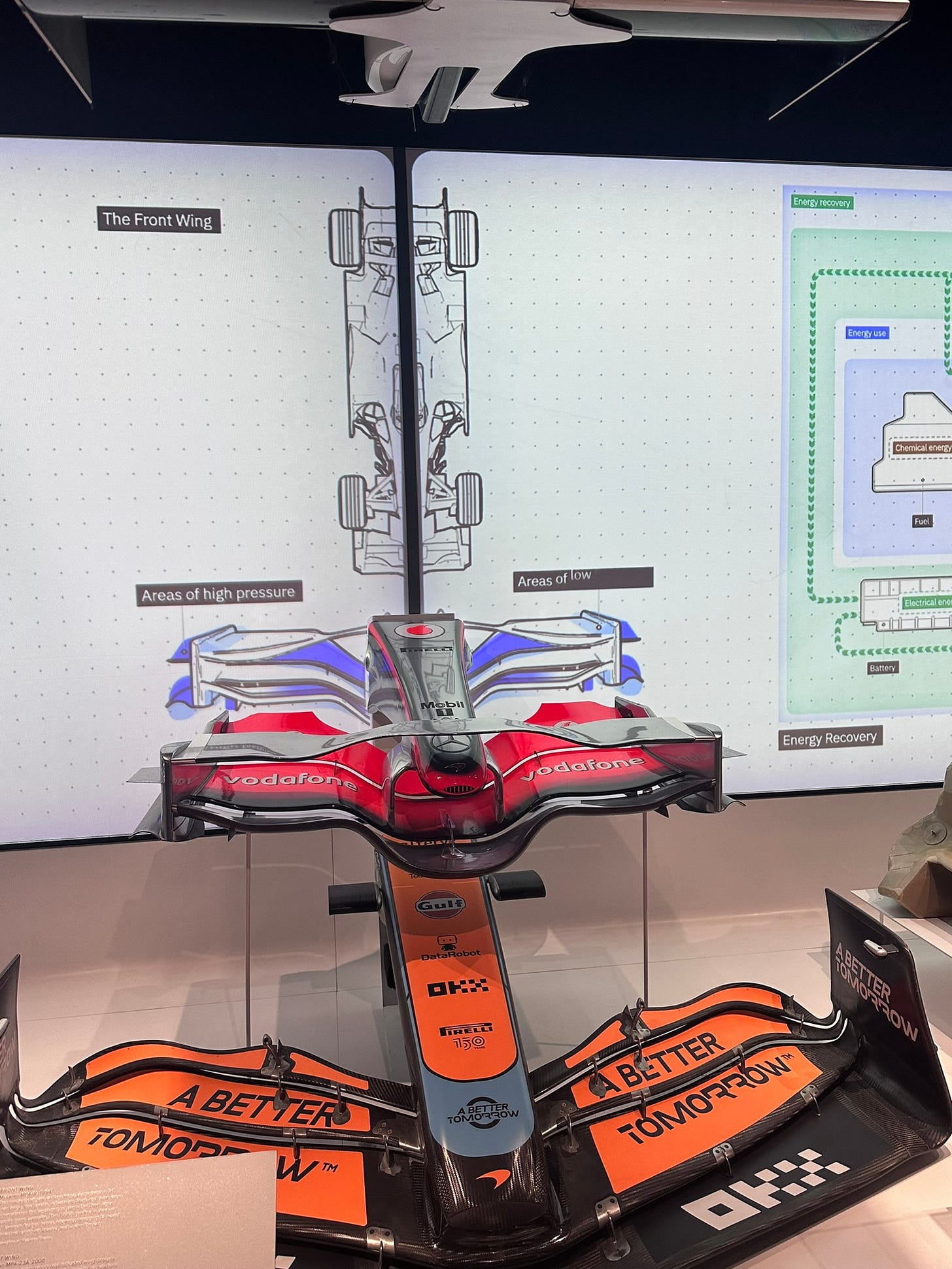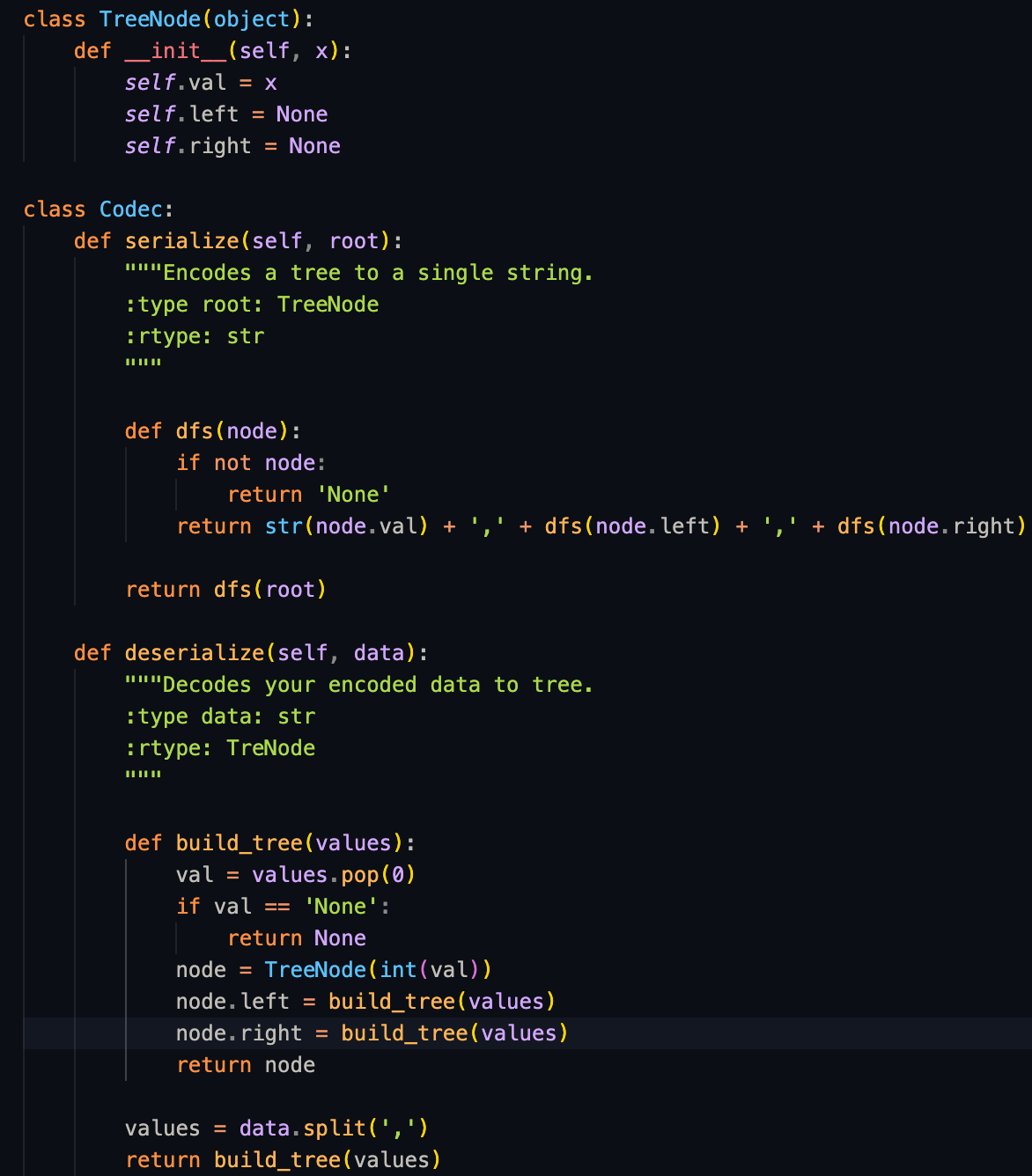Regulations, Innovation, and the McLaren MP4/1.
With F1 comes adaptability and innovation. You have a new set of regulations, especially on the design of the car, every now and then. The teams that can design within these confinements, whilst increasing in speed and performance, emerge victors. One F1 automobile that showcases the beauty of doing this right is the McLaren MP4/1.
Have you ever heard of cabon fibre? oh yes you have! McLaren made the MP4/1 in 1981, with a chasis made of carbon fibre. They pionerred its use on the track. Whilst everyone was making use of Alumunium, McLaren opted for a stronger, lighter and stiffer material. They did this without violating any regulations, and ended up winning a Grand Prix that year, for the first time in 4 years. Everyone on track adopted its use afterwards.
Ron Dennis alongside Adrian Newey continued to develop this car and McLaren have won 189 Grand Prix, 9 Constructors Championships and 12 Drivers’ world championships since 1981. Just like the engineering bits of the car, the tech has also largely improved.
During your career as an Engineer, you will be faced with rules and regulations that may seem impossible. Instead of seeing the drawbacks, try to imagine what competitive edge can be birth within its confinement. There is always a way out; or if you wish, “a way INside” the regulations. Afterall, where is the fun where there are no regulations, it becomes chaotic and the team with the most money in the case of F1, wins year after year.
Embrace regulations, embreace change, learn to adapt, and make the impossible possible!
Programming Exercise
Design an algorithm to serialize and deserialize a binary tree. There is no restriction on how your serialization/deserialization format is.
Solution:
Imagine a binary tree as a real tree upside down. To serialize and deserialize a binary tree, we can use a dept-first search (DFS) approach. We traverse the tree in a pre-order manner during serialization and reconstruct the tree during deserialization.
For serialization:
We perform a pre-order traversal of the binary tree. At each node, we append its value to the serialized string. If the node is a leaf node (both left and right children are None), we append a marker to indicate that.
For deserialization:
We split the serialized string into a list of values. We recursively build the ree by consuming values from the list. At each step, if the value is a marker, we return None to indicate a leaf node. Otherwise, we create a new TreeNode with the current value and recursively call the function to build its left and right subtrees.



